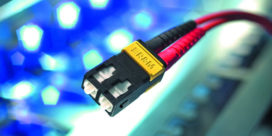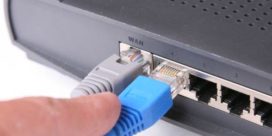Broadband grants mean millions more for higher education
Colleges and universities will be among the anchor institutions in an ultra high-speed nationwide internet network after President Obama earlier this month announced more than $760 million in…



